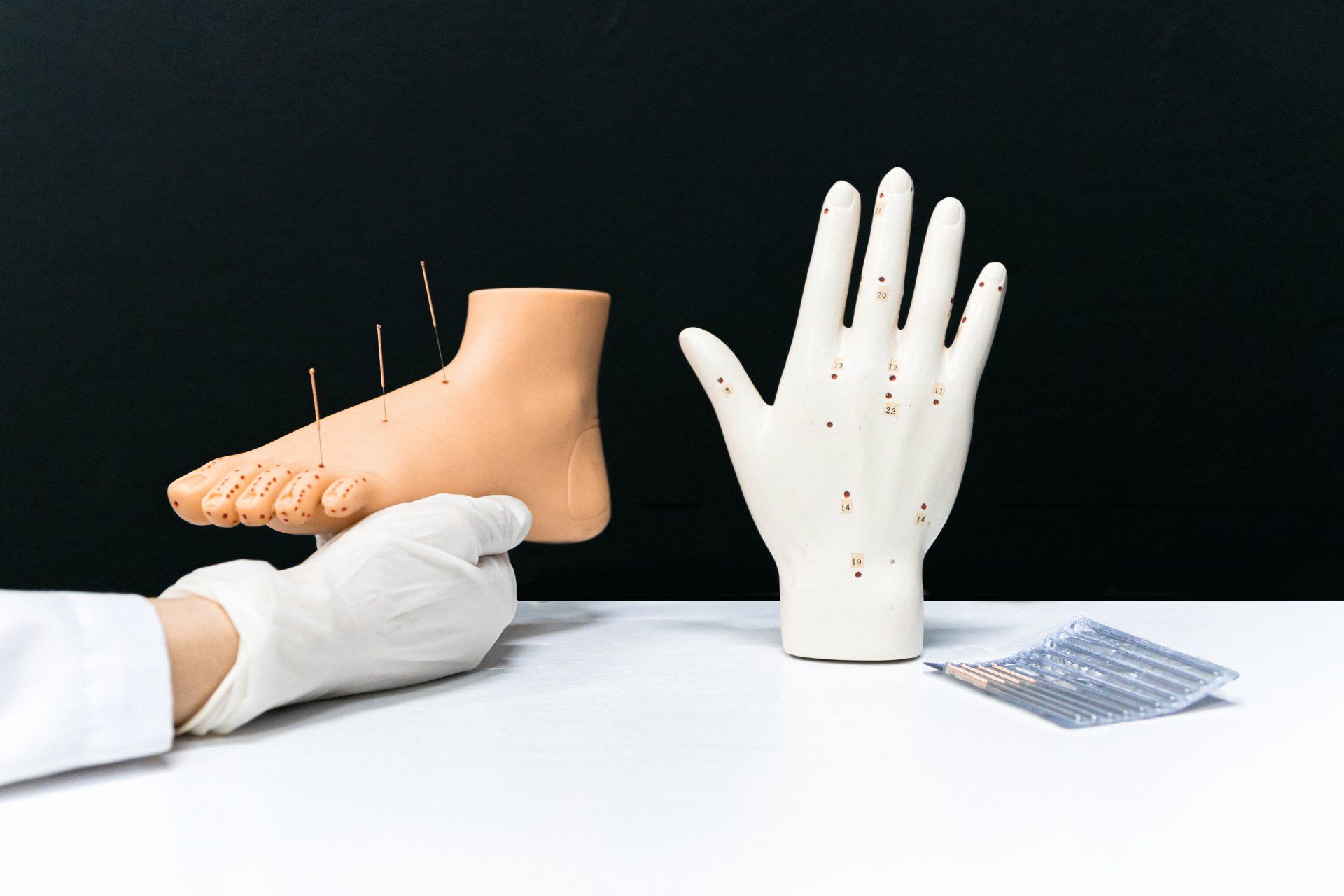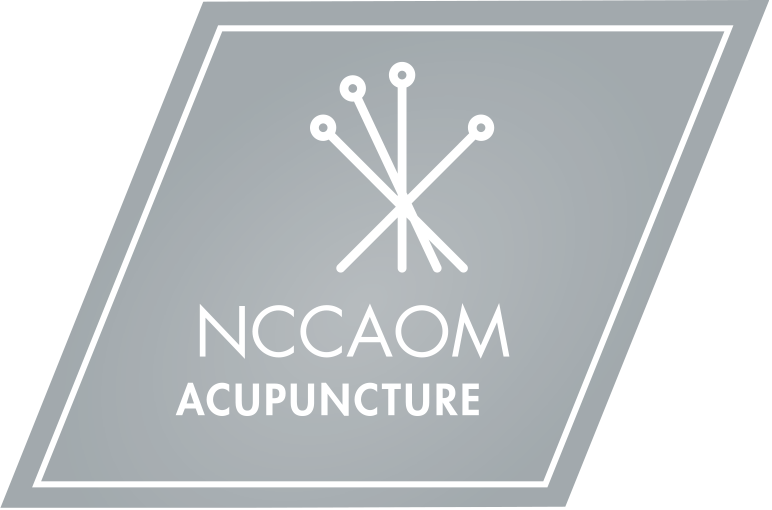Melody's Musings
What the research says about the mechanism behind acupuncture

I will preface this post with the caveat that I was going through my old papers and thought that this excerpt was pretty relevant and interesting since I am often asked about how acupuncture works and this segment to that research paper, adapted for this blog post outlines the findings from a few systematic reviews (a step up from single studies as it's a review of multiple studies that have been done) on what the exact mechanism is to how acupuncture works.
There have been a number of reviews and studies done to determine the mechanism of acupuncture to treat conditions in the body. From these reviews and studies, a number of theories have emerged regarding the prevailing mechanism(s) of acupuncture. Most theories about the mechanism of acupuncture to treat center around neurophysiology and chemical signaling pathways.
One review, “Prospective Tests on Biological Models of Acupuncture” by Charles Shang discusses that “the neurophysiology model on the long-term effects of acupuncture emphasizes the trophic and anti-inflammatory effects of acupuncture. Its prediction on the peripheral effect of endorphin in acupuncture has been confirmed” (Shang, 2009). The review goes on to explore what is known as the “growth control” model. When it comes to explaining the mechanism behind the ability of acupuncture to treat insomnia, however, the neurophysiology model seems more plausible.
A 2012 review article by Zhang et al. defines a structure known as a neural acupuncture unit (NAU) as “the collection of the activated neural and neuroactive components distributed in the skin, muscle, and connective tissues surrounding the needle.” The researchers examined factors such as “free nerve endings, encapsulated cutaneous receptors, sarcous sensory receptors, and their afferent fibers. Somatic efferent fibers innervating muscles, small nerve bundles, and plexus were also observed in acupoint tissues… A close approximation of autonomic fiber varicosities and somatic afferent fiber terminals is often observed in rabbit acupoint areas” (Zhang et al., 2012).
Another review, “Neurobiological Mechanisms of Acupuncture for Some Common Illnesses: A Clinician’s Perspective” written by Kwokming James Cheng, proposes several mechanisms as well. Cheng discusses “micro-injury, increased local blood flow, facilitated healing, and analgesia. Acupuncture may trigger a somatic autonomic reflex, thereby affecting the gastric and cardiovascular functions. Acupuncture may also change the levels of neurotransmitters such as serotonin and dopamine, thereby affecting emotional state and craving” (Cheng, 2014).
A common thread in the three reviews documented above is a link between acupuncture and the somato-autonomic reflex. “It is found that acupuncture points within certain spinal segments in the trunk tend to affect the functioning of the organs that receive autonomic innervation from the same spinal segments” (Cheng, 2013). Additionally, “acupuncture stimulation in the extremity facilitates gastric motility through a somato-parasympathetic reflex involving the vagal nerve” (Cheng, 2013). Given the evidence of a link between acupuncture stimulation on various points to the nervous system, it could explain the effect of acupuncture on many conditions, which are usually attributed to an imbalance of hormones, disruption of normal ANS or CNS function, disruption of circadian rhythm or some other cause (often emotional in nature). The vagal nerve is a cranial nerve which has many connections to the visceral organs of the body and is independent of the spinal cord. The vagal nerve is well known for its ability to help regulate functions such as heart rate and breathing.
Another study done using a functional MRI while acupuncture needles were inserted and stimulated found that acupuncture may change the amygdala-specific brain network. "In the present study using fMRI, we employed a within-condition interregional covariance analysis method to investigate functional connectivity of brain networks involved in acupuncture. The fMRI experiment was performed before, during and after acupuncture manipulations on healthy volunteers at an acupuncture point, which was previously implicated in a neural pathway for pain modulation. We first identified significant fMRI signal changes during acupuncture stimulation in the left amygdala, which was subsequently selected as a functional reference for connectivity analyses. Our results have demonstrated that there is a brain network associated with the amygdala during a resting condition. This network encompasses the brain structures that are implicated in both pain sensation and pain modulation. We also found that such a pain-related network could be modulated by both verum acupuncture and sham acupuncture. Furthermore, compared with a sham acupuncture, the verum acupuncture induced a higher level of correlations among the amygdala-associated network" (Wei et al., 2008).
To summarize, acupuncture increases endorphins, reduces activity in the 'fear center' of the brain, reduces pain sensation via neural signaling, increases local blood flow, facilitates healing, may change levels of neurotransmitters such as serotonin and dopamine, and facilitates gastric motility through a somato-parasympathetic reflex involving the vagal nerve. These mechanisms explain how acupuncture can be so effective on so many different systems of the body and for so many different conditions. Further studies are needed to fully understand exactly how acupuncture works in the body and I'm looking forward to seeing what findings come about in the future as we learn more about the human body and how it works.
Sources:
Cheng, Kwokming James. “Neurobiological Mechanisms of Acupuncture for Some Common Illnesses: A Clinicians Perspective.” Journal of Acupuncture and Meridian Studies, vol. 7, no. 3, 2014, pp. 105–114., doi:10.1016/j.jams.2013.07.008.
Shang, Charles. “Prospective Tests on Biological Models of Acupuncture.” Evidence-Based Complementary and Alternative Medicine, vol. 6, no. 1, 2009, pp. 31–39., doi:10.1093/ecam/nem122.
FMRI Connectivity Analysis of Acupuncture Effects on an Amygdala-Associated Brain Network Wei Qin, Jie Tian, Lijun Bai, Xiaohong Pan, Lin Yang, Peng Chen, Jianping Dai, Lin Ai, Baixiao Zhao, Qiyong Gong, Wei Wang, Karen M von Deneen, and Yijun Liu
Molecular Pain 2008 10.1186/1744-8069-4-55
Zhang, Zhang-Jin, et al. “Neural Acupuncture Unit: A New Concept for Interpreting Effects and Mechanisms of Acupuncture.” Evidence-Based Complementary and Alternative Medicine, vol. 2012, 2012, pp. 1–23., doi:10.1155/2012/429412


